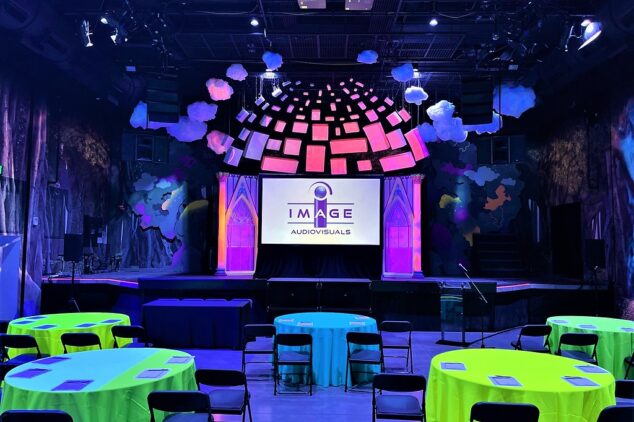Mastering our Art of Protection Guidelines for the Application of Explosives in Events
Mastering our Art of Protection Guidelines for the Application of Explosives in Events
Blog Article
Fireworks play an enthralling function in various events, such as fireworks displays, concerts, and celebrations. However, the use of pyrotechnics requires strict safety guidelines to guarantee the well-being of everyone. Understanding these protocols is essential for occasion organizers, participants, and spectators alike. Adequate preparation and compliance to safety protocols can help prevent accidents and ensure a successful event.
Initially and most importantly, it is vital to acquire the required licenses and permissions prior to utilizing pyrotechnics. Local laws and regulations frequently determine what kinds of pyrotechnics can be utilized and the locations they can be ignited. Occasion organizers should consult with local officials to guarantee adherence with all lawful obligations. This comprises grasping limitations related to the season of year, atmospheric factors, and security areas. Through adhering to these regulations, planners not only secure their event's legality but also safeguard the security of the community.
Education is also crucial component of securely operating fireworks. Personnel handling pyrotechnics should undergo adequate instruction to comprehend the tools and processes involved. click over here This comprises awareness of lighting techniques, security perimeters, and crisis action plans. Event organizers should also conduct briefings for all staff and volunteers involved with pyrotechnics, guaranteeing everyone is cognizant of their duties and the importance of following this safety protocols. This training helps create a culture of safety at the event, in which everyone can collaborate together to reduce hazards.
The arrangement and implementation of pyrotechnics must be carefully planned. A designated area should be established for launching fireworks, away from viewers and combustible substances. Visible signage should be posted to keep attendees at a safe distance. Environmental factors can also influence firework displays, so organizers should track predictions and be ready to delay or cancel if conditions are not safe. It is essential to have firefighting tools readily available in the event of an incident. Through planning for possible hazards, organizers can respond quickly and effectively should an accident occur.
Lastly, after-event evaluations are a key component of perfecting security guidelines. After the event, it is crucial to evaluate what went right and what could be improved. Input from staff, volunteers, and attendees can offer important perspectives into the event's safety measures. Organizers should document any occurrences or close calls, learning from these experiences to enhance future security guidelines. Through continuously improving their method to fireworks, event organizers can guarantee a secure and enjoyable experience for all involved.